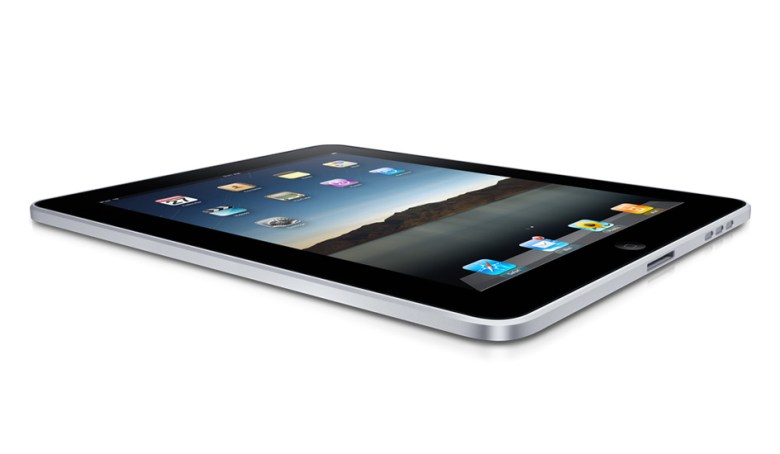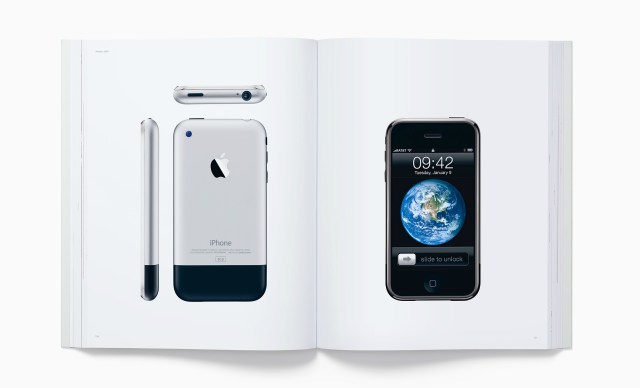
The much-hyped Apple iPad was launched overnight in tandem with iBooks, a platform for the sale and delivery of published content. The iPad is set to be released in Australian in March.
The online platform will take a similar approach to Apple’s iTunes software. Major publishers Penguin, Pan Macmillan, Simon &Schuster and Harper Collins have already signed up to offer content through the portal.
The launch is seen as a major boost for the e-book format, in the same way that Apple’s iPod and iTunes revolutionised the music industry and MP3 downloads, and the iPhone and its App Store have continued to redefine the smartphone market.
Ben Jolly, general manager of Adelaide-based book printer Griffin Press, told ProPrint the launch could mark a “turning point” for book printing companies.
“It certainly will change what we do,” he said. “As [e-readers] gain wide acceptance there will be a degree of erosion of what we do, it’s just a matter of how fast that erosion is.”
Jolly conceded that the iPad appears to be “an impressive device”.
“E-readers have been around now for 10 years, but the technology is now improving at a significant rate. There’s no doubt they will create some form of change,” he said.
Brett Turnley, managing director of Melbourne-based BPA Print Group, was more reserved about the iPad’s potential to transform publishing.
“A lot of publishers aren’t ready for these products anyway, so they have got a lot of work to do,” he told ProPrint.
Turnley pointed out that with the iPad starting at US$499 (A$557) and weighing in at just under 700g, it isn’t exactly geared for the casual reader.
“If you look at someone who reads for leisure, say if you’re on holidays, are you going to sit back and relax with an iPad? Are you going to take a $600 iPad to the beach, or a $20 book?”
Both Turnley and Jolly said e-readers could have the potential to stimulate more interest in printed products, as content becomes more fluid and widely distributed.
“People said when the internet and email came in that would mean we’d be using less paper, and instead we’re using more,” said Turnley.
Publishers Australia vice-chairman Jeremy Vaughan said that the propagation of e-readers would be beneficial for printed content providers and consumers in the long-term.
“Technology is pushing our content and brand boundaries, so my view is that we embrace this development and work with the technology to create the best possible configuration and experience for the reader,” he said.
Vaughan pointed to Amazon’s announcement last month that it sold more e-books than print books over Christmas as evidence that many consumers see e-content as the way forward.
“E-readers are not going to kill print, certainly not in the short term, but they are the future for the new generation. The sooner we acknowledge this, the quicker we can develop our content for this format, for both the home and the office.
“The launch of the Apple iPad today is just going to fuel more curiosity in this format and over time the technology will evolve in speed, user experience, product availability and more accessible pricing will just widen the audience.”
The iPad is the first e-reader to offer a colour display, something that has been a consistent criticism of the Amazon Kindle.
The iPad has a 25cm screen when measured diagonally and is 1.27cm thick.
For a full analysis of the iPad’s technical specifications, check out this review on ProPrint’s sister site itnews.
Is the Apple iPad the paperback-killer? Will it do for e-books what iTunes did for music? Leave your comments below
Comment below to have your say on this story.
If you have a news story or tip-off, get in touch at editorial@sprinter.com.au.
Sign up to the Sprinter newsletter


